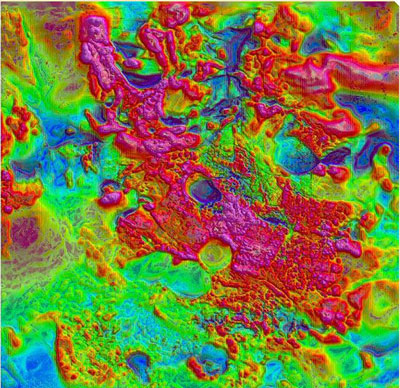
At the end of 2024, the White House released the first Quadrennial Supply Chain review, detailing supply chains critical for national and economic security, including the U.S. Geological Survey’s accomplishments mapping potential new sources of critical minerals in the U.S.
“The U.S. Geological Survey is providing practical, pragmatic science to understand U.S. reliance on foreign sources of critical minerals needed for industry, technology and national defense, and better map the geology of the nation to locate secure critical mineral sources at home. Funding under the Bipartisan Infrastructure Law has helped us accomplish the work set out by the Energy Act of 2020,” said Dave Applegate, director of the USGS.
The White House said the USGS is revealing new airborne geophysical mapping in the Ozark Plateau (Missouri, Kansas and Arkansas) and Alaska over areas known to host minerals such as antimony, tin, tungsten, and lead and zinc ores, as well as byproduct critical minerals such as gallium and germanium.
The agency and NASA are also partnering to complete the largest high-quality hyperspectral survey in the world, surveying more than 180,000 square miles of the Southwest with sensors that make it possible to “see” nuanced differences between materials.
In November 2024, researchers at the USGS National Minerals Information Center developed a new model to assess how disruptions of critical mineral supplies may affect the U.S. economy. This model reflects the latest whole-of-government risk and resilience methodology.
The first Quadrennial Supply Chain review can be viewed here.
Source: USGS
